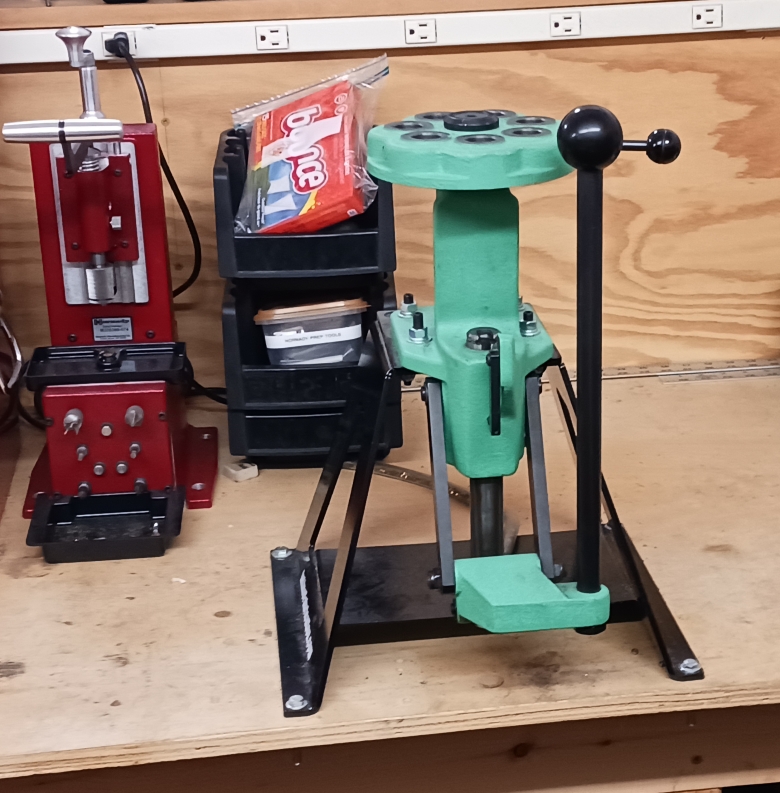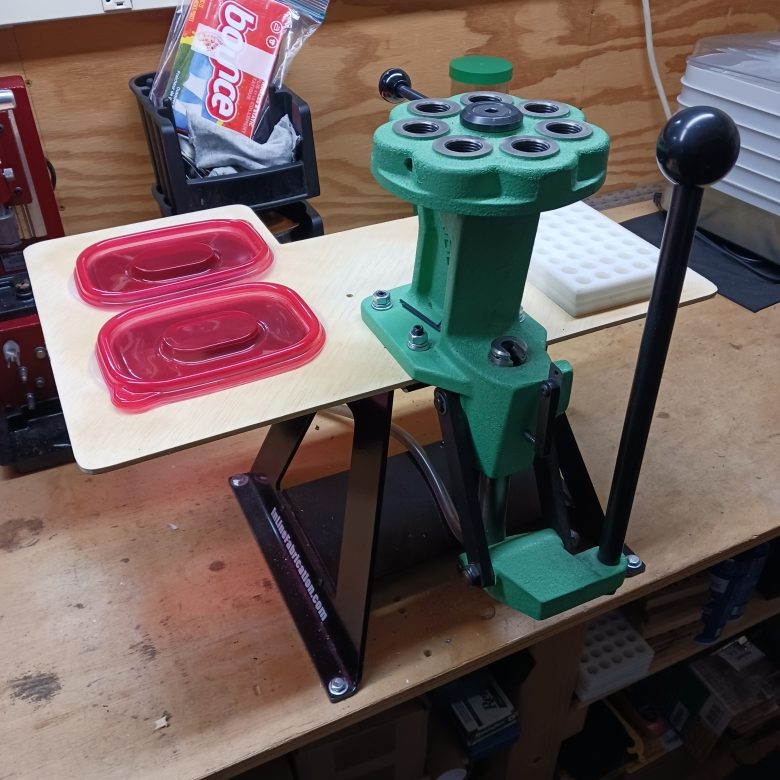01/22/2023 – Two days of snow clearing. I don’t mind. It was only a foot deep and buzzing around on the tractor, blowing snow, gives me time to think.
One of my early jobs was working at a heavy earth moving equipment manufacturer, Nelson Iron Works, in Clifton, NJ. A small crew would receive a steel frame, solid and inches thick, then proceed to burn holes with cutting torches to mount engine, axles and drive train, hydraulic actuators and ballast weight. Then master cylinders, fuel tanks, fabricate and plumb brake, hydraulic and other fluid lines, fabricate a cab, install electrical and controls, and keep on going until a really big ass front loader was ready for a check out run in the back lot.
The work area was a shower of oxygen/acetylene torch sparks, soot, chaotic noise, and people moving about in hard hats, safety googles and steel toed boots. Lunch break was a walk across Passaic Avenue to the Allwood Rest, a sandwich and beer joint, with group wisdom moderating the latter.
So when I am clearing snow with my little 1025R John Deere, I am actually at the controls of a giant front loader. Still lots of shovel work, but that has become a game of Pacman, doggedly clearing structures and walkways, bite by bite, until the path lead back to the garage’s pedestrian door.
Snow clearing is exhausting, but in a good way. In moderation, hard work feels good. Cold clean air does wonders for the lungs and the muscle workout feels good.
Projects, while thinking about other projects
I decided on a simple wood working project, just until I can get my brain in gear to select a firearm project. I am at some crossroads where all handguns, rifles and cartridges begin to look the same. No, I don’t think I’m in Georgia, but it may be that the last meaningful bolt action rifle design took place in 1898 and the last handgun design in 1911. Everything else is derivative.
New cartridges have no staying power, simply because they serve no practical purpose. They are either redundant to existing cartridges through 1930, or there are not enough firearm types to shoot them. So…
Handloading is interesting work. Done well, it is both a creative and precision process, leading to safely improved firearm accuracy and other ballistic performance.
My bench is ever so humble…

Some folks, with a craftsman’s skill set, construct elaborate handloading work areas; neat, organized, process flow directed. I admire them. My work area is what I would term spartan, laid out in support of frequent cartridge change overs and batch, rather than volume, oriented production. The Bounce softener sheets kill powder hopper static electric charges, which helps metering.
The press is mounted on a stand, which brings it to a level and allows me to stand and work, rather than hunched over for extended period of time. Lacking was a way to feed basic materials at press level.

The press was removed from the stand and the stand’s adapter plate was removed, to be used as a template for hole marking and as a general point of reference. As seen, only the latest portable tools were used. Batteries not included. Then I headed for the basement workshop…

The basement workshop is used for home maintenance and construction projects, as well as anything electrical. Subsequently, there are dedicated machine workstations around the perimeter walls, larger shop machines down the middle and impromptu work benches on saw horses set up as needed.
A priority shop rule demands neatness and tools and materials to be put away when projects are completed. In this case, the prior projects was making add on light harnesses for the tractor. Why is the bench top… busy? The shop rule has no time after project completion specificity. I will submit a rule amendment at the next rules’ meeting.
Yes, that is a WiFi oven thermometer. It is monitoring progress of a center cut pork roast cooking in the oven.

I’ve found the most expeditious way to clear a workbench is to place a large toolbox beneath and at the edge, then use a forearm to corral material at the edge and then let gravity do its best. Yes, that is not optimal, but the shop rule just say “Put away…”; another needed amendment.

Stumped, how best to lay this out, sophisticated CAD equipment, as shown, was employed. A selection of a piece of 1/4″ mixed hardwood plywood was selected for the tray. I believe it is a combination of sycamore, cedar, resin, adder, and poplar found where I store all special material.

With all of the placements marked up, copious sawing and drilling ensued. Openings for plastic containers were cut out with a jig saw.

The tray took on a wing like appearance and removal of the material to accommodate plastic containers left the piece with the stability of cooked linguini. Wing like? So a spar was glued in place so I did not have to toss the work and begin again with 1/2″ plywood sheet. Cantilever design.

The finished piece was filed, radiused and sanded smooth, not unlike a fine piece of furniture… if it were made of 1/4″ scrap plywood. Two coats of clear, matte polyurethane were applied in hopes the piece will be easy to keep clean without being shiny. I hate shiny stuff as it is often pretentious and condescending.

Installed with the turret press remounted, this complex integration of material movement and machine. I will no longer have to reach all the way to the bench to grab a casing or bullet, or to mark cartridges and place them into a loading block. Yipee me! I will save 5 nanoseconds with each cartridge and bank that time for a future vacation.

And, yes, the plastic bin covers still fit, and the whole container assembly can be removed. No, I have no reason why anyone would need to do that, but still…. There is an area behind the press that i large enough to hold pens, car keys, a sandwich, etc. For a brief second, I thought it might be a place for a cup holder. After all, what could go wrong with liquids at a loading bench?
My next project will be a robot to operate the press… so I can spend more time riding around on the tractor, clearing snow.
Back to firearms next week. Really… Honest…
Article Q&A
Why did I write this article?
I wrote this article because news from Shot put me to sleep.
Can I cite my source for range of motion and pick and place efficiencies?
No, I can’t, but you might try the Industrial Engineers Handbook, circa 1973
Do people still use drafting tools and big gummy erasers to design things?
No, only me, to the best of my knowledge?
Can the containers in the tray hold and keep hot foods?
Yes, the front one is a cool container, the aft is hot.
What size engine can this accept?
Up to 25 HP, direct drive.

😁
Actually a pretty good idea. I use similar leftover containers to store batches of brass so something like this would be a relatively spill resistant solution compared to the lightweight plastic just sitting on the bench waiting to be knocked off. Your avoidance of the reloading version of 52 pickup is the big potential time and frustration saver. Maybe another hole in the plywood can hold your coffee source if you feel like living dangerously.
Fun article.
A follow up is in the works, Scott. Some engineering change orders and with more detail. Turns out a lot of people did not appreciate my tongue in cheek approach applied to DYI and use the same or similar press.:) That’s what happens when you are snow bound and cabin fever sets in.